Join our community
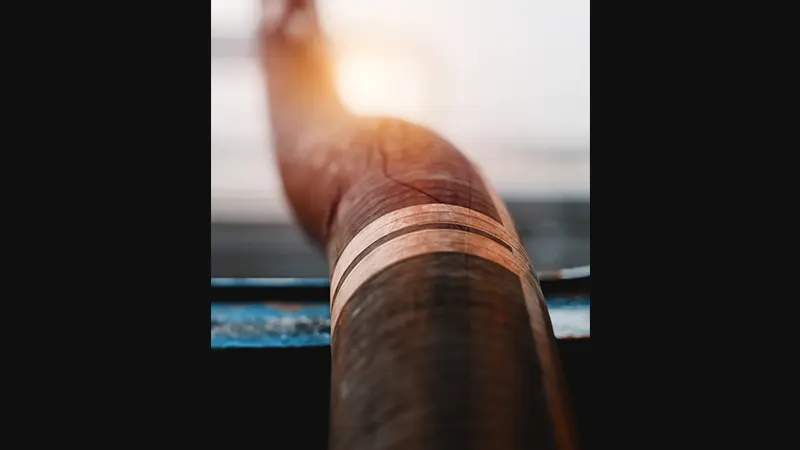
 Pentarch Offshore Solutions, which provides marine logistics for offshore energy, heavy industry and decommissioning, is bolstering its bunkering capabilities.
Pentarch Offshore Solutions, which provides marine logistics for offshore energy, heavy industry and decommissioning, is bolstering its bunkering capabilities.
The company, a partner of the Centre of Decommissioning Australia (Coda), has signed a Memorandum of Understanding (MoU) with Integr8 Fuels to help meet growing Australian maritime refuelling needs at the Port of Edrom, Eden, New South Wales (NSW).
The agreement marks a key step in enhancing bunker fuel provision and operational support for expanding offshore energy, maritime, and defence activities in the region, according to William Kanavan, Managing Director of Pentarch Offshore Solutions.
“The signing of this MOU marks a significant milestone for Pentarch Offshore Solutions, firmly positioning our region on the global map as a growing hub for marine and offshore energy operations,” said Kanavan.
“Our developing partnership with a world-leading fuel provider like Integr8 Fuels demonstrates the scale of opportunity this regional port can deliver – for industry, and for Australia.”
The collaboration means the two partners, alongside regional stakeholders, will be contributing to the ongoing transformation of the Port of Edrom into a multi-functional marine and energy terminal.
The MOU builds on existing fuel supply commitments to a range of Australian and international marine contractors, including allied defence and naval refuelling operations.
“This partnership strengthens Integr8 Fuels’ presence in the Australian market, demonstrating our commitment to supporting critical marine and offshore operations,” said Christopher Seidel, Integr8 Fuels’ Business Manager.
“We look forward to collaborating with Pentarch Offshore Solutions and contributing to the growth and capability of the Port of Edrom and the Far South Coast community of New South Wales.”
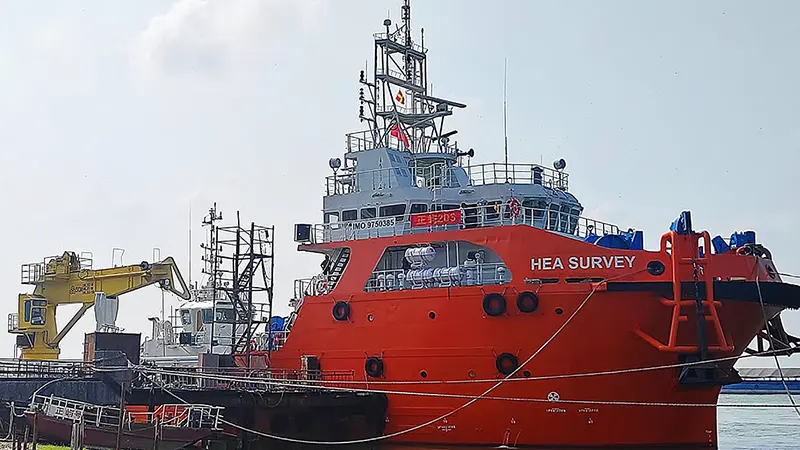
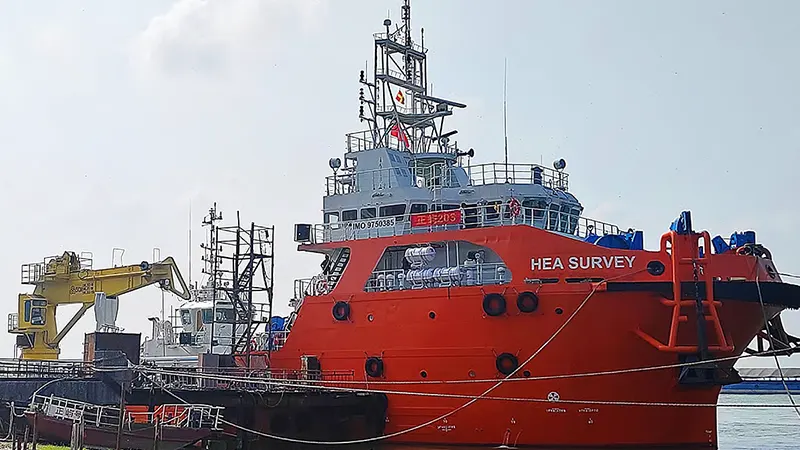 HEA Energy, a fast-growing offshore services provider based in the UAE, has officially expanded its fleet with the addition of HEA Survey, a highly versatile subsea support and survey vessel designed to meet the evolving demands of modern offshore operations.
HEA Energy, a fast-growing offshore services provider based in the UAE, has officially expanded its fleet with the addition of HEA Survey, a highly versatile subsea support and survey vessel designed to meet the evolving demands of modern offshore operations.
The ABS-classed, Panamanian-flagged vessel represents a major step forward for the company as it continues to strengthen its capabilities across the Middle East’s offshore oil, gas, and renewable energy markets.
Built by Jiangsu Islands Shipbuilding in China, HEA Survey was conceived as a multi-role offshore workhorse capable of undertaking a wide spectrum of subsea activities. These include high-precision survey work, ROV support, subsea inspection campaigns, light well intervention, dive support, heavy lifting, firefighting duties, and anchor-handling operations. Although the vessel’s construction began in 2013 and was significantly delayed, with completion only achieved in late 2024, she emerges with a thoroughly modern design tailored to today’s offshore requirements.
Measuring 59.25 metres in length with a beam of 15 metres, the vessel features a robust diesel-electric propulsion system engineered for operational flexibility. Two 2,100hp engines, paired with multiple generators and controllable-pitch propellers, deliver up to 12 knots while enabling dynamic load management. This configuration allows the vessel to operate efficiently during low-speed survey work or station-keeping a critical capability for precision subsea tasks. An electrically driven bow thruster further enhances lateral manoeuvrability, making the vessel suitable for operations in both shallow and deepwater environments.
A considerable 350-square-metre aft working deck, reinforced to handle seven tonnes per square metre, gives HEA Survey the capacity to support modular mission packages such as ROV hangars, geotechnical equipment, and ISO container-based systems. With a maximum payload of up to 500 tonnes and a 25-tonne SWL crane, the vessel is well-equipped for heavy offshore logistics and deployment work.
Despite not being DP-classed, the combination of controllable-pitch propellers, bow thrusters, and a diesel-electric system ensures reliable station-keeping for a broad range of survey and subsea activities. The vessel also features a complete suite of modern navigation and communication electronics, including S- and X-band radars, AIS, echosounder, GPS, Doppler log, and MF/HF radio equipment.
Accommodation onboard is fully air-conditioned and compliant with ILO standards, providing comfortable living quarters for up to 48 crew members across a mix of single, double, and quad cabins. Safety provisions are SOLAS-compliant, with liferafts, immersion suits, fire monitors, and a dedicated MOB boat with davit launch capability.
Entering service in the UAE, HEA Survey positions HEA Energy to meet growing regional demand for multi-role offshore support vessels particularly within subsea construction, well intervention, offshore survey campaigns, and the expanding clean-energy marine sector.
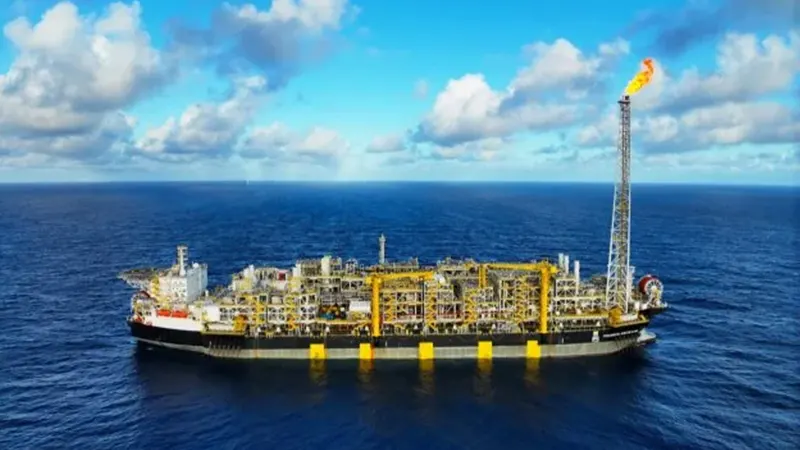
 MISC has secured a major contract from Petronas Carigali for the provision of a Floating Production Storage and Offloading (FPSO) unit in support of a key natural gas development project in Brunei.
MISC has secured a major contract from Petronas Carigali for the provision of a Floating Production Storage and Offloading (FPSO) unit in support of a key natural gas development project in Brunei.
This significant award follows an international competitive bidding process, with MISC emerging as the chosen partner for the project.
The contract stipulates a 12-year charter for the FPSO, with an option for Petronas Carigali to extend the agreement for up to three additional one-year terms. MISC will also take responsibility for the operation and maintenance of the floater throughout the charter period. The FPSO is expected to begin operations in the first half of 2029, playing a pivotal role in the Kelidang offshore gas development.
While MISC has not disclosed the specific name of the project, it is confirmed that the floater will be deployed in the Kelidang field, located approximately 125 kilometres off Brunei’s coast. The gas development encompasses three key discoveries: Kelidang North East, Keratau, and Keratau South West.
The project is a collaboration led by Petronas Carigali, in partnership with Shell and Brunei National Petroleum Company. Central to the project’s development is the installation of the FPSO vessel, designed to handle up to 450 million standard cubic feet per day (mmscf/d) of gas. The FPSO will be stationed at a depth of around 150 metres, supported by an advanced network of subsea flowlines connecting up to six subsea wells, each located at depths reaching up to 2,000 metres.
The pre-bid process began in January 2024, with leading contenders such as Yinson, Bumi Armada, and others competing for the deal. The project's total capital expenditure is estimated at around US$750mn, positioning it as a high-profile energy investment in the region.

 Enbridge Offshore Facilities in the central Gulf of America will be equipped with a major new deepwater crude oil and natural gas export systems by Allseas.
Enbridge Offshore Facilities in the central Gulf of America will be equipped with a major new deepwater crude oil and natural gas export systems by Allseas.
This export system will be backed by critical subsea infrastructure for transport expansion capacity and future energy production.
Midstream operator, Enbridge, has chosen Allseas' services for the transport and installation of four export pipelines, totalling more than 515 kms, to transport oil and gas from upcoming deepwater developments to existing offshore hubs for onward delivery to market. About 321 kms of 24-inch and 26-inch oil pipeline originating in the deepwater Keathley Canyon area of the Gulf of America will go till the Green Canyon 19 (GC19) platform. About 195 kms of 12-inch gas pipeline originating in the deepwater Keathley Canyon area of the Gulf of America connecting to Enbridge’s Magnolia Gas Gathering System (feeding its Garden Banks network).
Each pipeline will have a 3-km steel catenary riser (SCR) linking to floating production units. Installed in water depths up to 2000 m, the systems will feature multiple crossings, inline structures and termination assemblies to accommodate future tie-ins from nearby discoveries.
The oil export system will connect to the Rome Pipeline – onboard the GC19 platform – scheduled for installation by Allseas in 2028, while the gas gathering system will deliver into the Magnolia Gas Gathering System via the new Sparta Gas Pipeline owned by Enbridge’s joint venture with Shell Pipeline Company LP, which Allseas will install in 2026.
Allseas’ dynamically positioned pipelay vessel Solitaire will perform the offshore campaign between 2027 and 2028. The vessel will utilise her modified double-joint factory (DJF) – a key component of Allseas’ fast S-lay production capability – featuring fully automated welding and inspection systems to achieve precise, consistent and efficient pipelay in deepwater conditions.
Building on Allseas’ innovation in automation and digitalisation, the enhanced DJF integrates advanced pipe handling, tracking, welding and inspection processes to optimise production flow and ensure the highest weld quality standards.
By expanding Enbridge’s deepwater network, the new pipelines will provide essential export capacity to meet the Gulf’s growing production and transport demands.
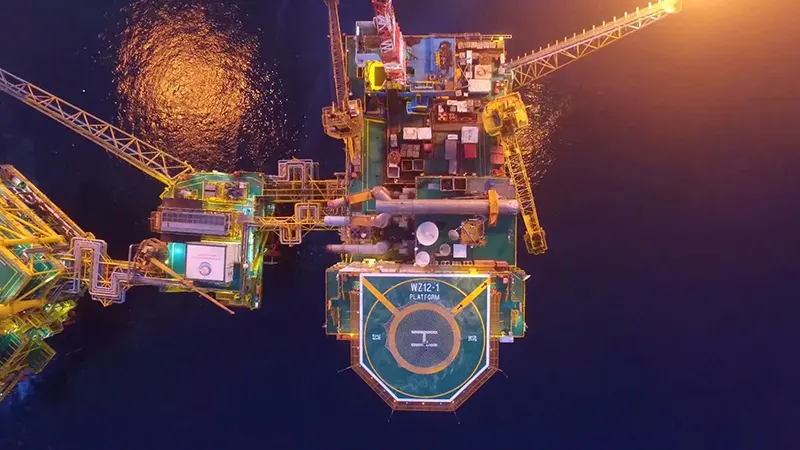
 Increased drilling know-how and technology adoption is helping to build momentum at CNOOC Limited, including advanced tools for oil well intervention.
Increased drilling know-how and technology adoption is helping to build momentum at CNOOC Limited, including advanced tools for oil well intervention.
Most recently, the company announced the start of production from its Weizhou 11-4 Oilfield Adjustment and Satellite Fields Development Project in the Beibu Gulf Basin of the South China Sea, its latest completion.
Presenting its 2025 interim results, back in August, CNOOC flagged how it remained committed to innovation-driven growth, utilising digital and intelligent tools in its upstream work.
Net production increased by 6.1% year-on-year, while natural gas was up 12% in the same period, a reflection of its prowess in the field.
Key technologies for reserves and production growth were developed and applied, the company noted in a statement, while reserve utilisation and oil recovery rates continued to improve, and natural decline rates of oilfields offshore China remained at a low level.
“Intelligent injection-production technologies were deployed on a large scale to help control the natural decline rate,” the company added.
Advanced geophysical technologies were also applied to improve the quality of seismic data from deep plays.
CNOOC added that it promoted intelligent drilling and completion, with the construction speed of demonstration projects accelerating by 26%.
It also integrated satellite remote sensing, unmanned equipment, and AI algorithms, to enhance its emergency response capability against typhoon-related risks, laying solid foundation for safe production.
Its latest Weizhou 11-4 development, located in water depths of 43 metres, leverages various adjacent existing facilities.
The main production facilities include a newly-built unmanned wellhead platform and a central processing platform, connected to an existing platform through a trestle bridge.
Under the development plan, 35 development wells are set to be commissioned, including 28 production wells and seven water injection wells.
The project is expected to achieve a plateau production of approximately 16,900 barrels of oil equivalent per day in 2026.
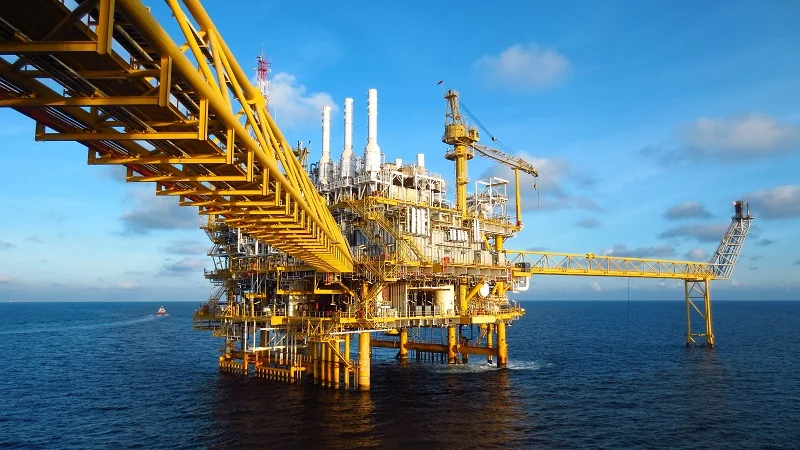
 The Australian Government Department of Industry, Science and Resources has published a consultation paper seeking feedback on reforms to decommissioning and financial assurance arrangements for the offshore oil and gas industry
The Australian Government Department of Industry, Science and Resources has published a consultation paper seeking feedback on reforms to decommissioning and financial assurance arrangements for the offshore oil and gas industry
Australia has up to US$60bn of offshore oil and gas decommissioning activities expected to occur over the next 30 to 50 years. Previous reforms have strengthened the offshore petroleum decommissioning regulatory framework. However, there are aspects that may require further reform to ensure industry is undertaking timely, safe and environmentally responsible decommissioning.
While the paper focuses mainly on oil and gas projects, it is also seeking input on the regulatory regime for decommissioning carbon capture and storage projects.
The proposed reforms aim to strengthen the decommissioning framework so industry:
• decommissions in a timely, safe and environmentally responsible way
• remains responsible for the risks and liabilities of offshore activities.
The consultation paper invites feedback on:
• the existing decommissioning framework in Australia
• lessons from international and onshore frameworks
• proposed areas for reform, including:
• decommissioning planning
• financial planning and assurance
• decommissioning and financial capacity risk assessments
• compliance and enforcement tools
• title surrender.
Feedback to the consultation paper is now open and will close on 13 January 2026. Feedback to this consultation will help the government develop these reforms and may also inform related activities.
There will be future public consultation informed by the responses to this paper, and the government will also consult on any legislative changes.
To read the consultation paper and provide feedback please visit www.consult.industry.gov.au.
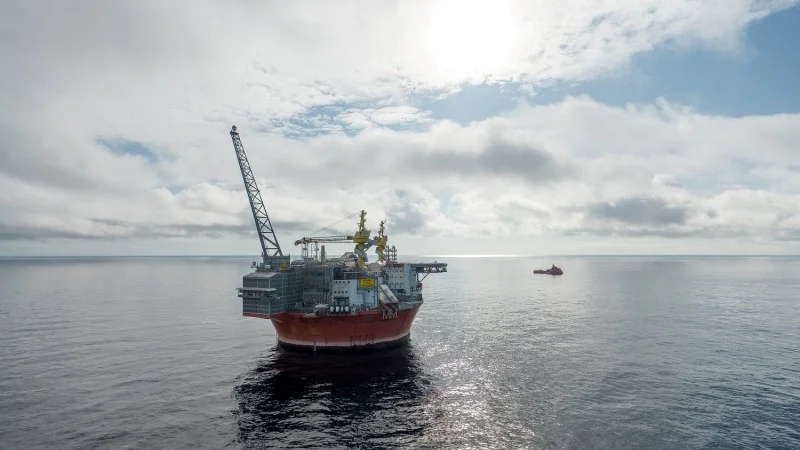
 Vår Energi (OSE: VAR, the Company) has confirmed an oil discovery at the Goliat North exploration well, situated close to the Vår Energi-operated Goliat field in the Barents Sea.
Vår Energi (OSE: VAR, the Company) has confirmed an oil discovery at the Goliat North exploration well, situated close to the Vår Energi-operated Goliat field in the Barents Sea.
The exploration well, located five kilometres north of the Goliat field, encountered hydrocarbons in the Realgrunnen and Kobbe formations. Estimated gross recoverable resources encountered are up to 5 million barrels of oil equivalent (mmboe).
The Goliat North well is an integral part of the Goliat Ridge appraisal drilling programme. Vår Energi and partner Equinor will drill a total of four wells in the Goliat Ridge, with the Zagato side track currently ongoing. Following completion of the appraisal programme, the Company will assess the entire potential of Goliat Ridge utilizing the extensive data acquisition combined with the newly acquired 3D seismic data.
Including the latest discovery, the Goliat Ridge is estimated to contain gross discovered resources of 39 to 108 mmboe, with additional prospective resources taking the total gross potential to up to 200 mmboe. A tie-back of the Goliat Ridge discoveries to the nearby Goliat FPSO is being planned.
The partners in the licence are Vår Energi (operator, 65%) and Equinor (35%).

 Acteon’s Moorings and Anchors business line, Intermoor, has been awarded a broad-ranging quality assurance contract by Petrobras in Brazil.
Acteon’s Moorings and Anchors business line, Intermoor, has been awarded a broad-ranging quality assurance contract by Petrobras in Brazil.
The three-year contract is the result of a Memorandum of Understanding (MoU) that was signed at the Offshore Technology Conference (OTC) in Houston in May.
As work is set to commence this month, Intermoor will be providing traceability services across Petrobras’ extensive inventory of critical mooring components, besides delivering comprehensive quality assurance as well. The mooring component comprises an intricate network of anchors, chains, wire and associated accessories that supports Petrobras offshore operations portfolio across Brazil.
Other services will include Radio Frequency Identification (RFID) tag installation, dimensional and visual inspection of mooring equipment, triage of returned components and deployment of advanced 3D scanning and photogrammetry technologies. While these will cover Petrobras’ bases in Rio de Janeiro and Macaé, it also has scopes for expansion to additional sites nationwide.
The contract further solidifies Acteon’s two-decade presence in Brazil, where the company operates five offices providing engineering, survey and mooring support services, including quayside facilities at Porto do Açu.
"This award is a strong endorsement of our long-standing partnership with Petrobras and our commitment to the safe, efficient management of critical offshore infrastructure. By combining proven mooring expertise with innovative digital monitoring and inspection technologies, we provide insight and rapid responsiveness our customers need to protect assets, optimise performance and make confident decisions across the entire project lifecycle," said David McGuire, EVP, InterMoor.
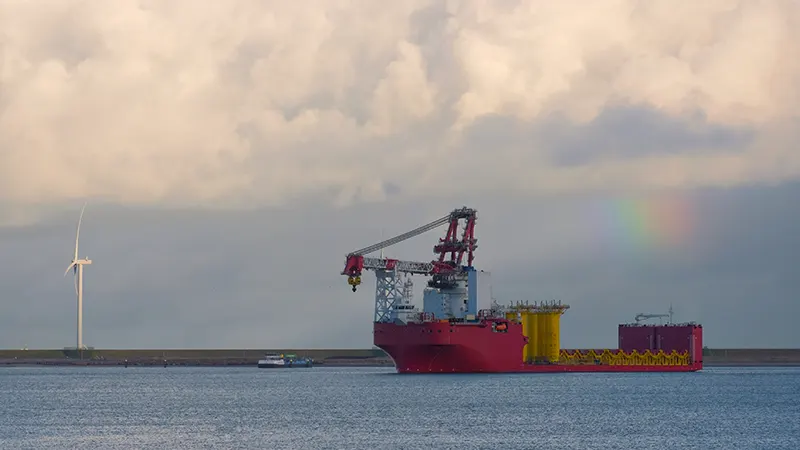
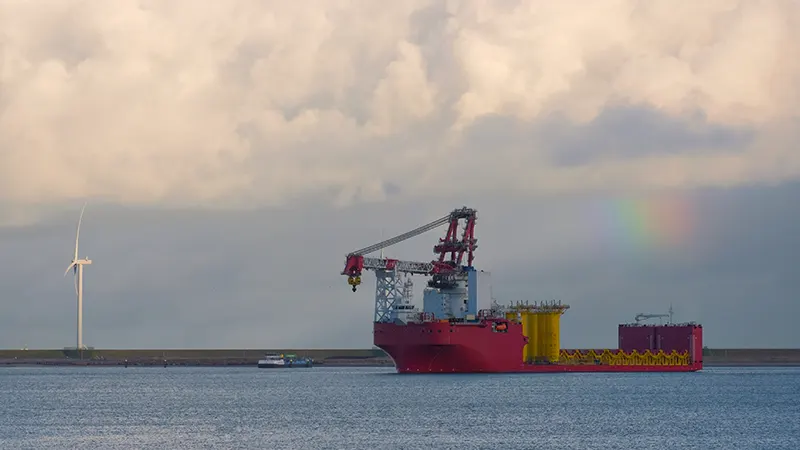 Global energy and marine consultancy ABL has entered a strategic partnership with Egypt’s Petroleum Marine Services (PMS) to launch a fully integrated rig-moving service tailored for offshore operations in the Red Sea and Gulf of Suez.
Global energy and marine consultancy ABL has entered a strategic partnership with Egypt’s Petroleum Marine Services (PMS) to launch a fully integrated rig-moving service tailored for offshore operations in the Red Sea and Gulf of Suez.
Supported by the Egyptian General Petroleum Corporation (EGPC), this collaboration marks a significant step forward in enhancing Egypt’s offshore logistical capabilities and overall operational performance.
The joint initiative has been developed in line with Egypt’s broader vision to streamline offshore activities, cut downtime, and strengthen the quality and reliability of marine and drilling logistics across two of the nation’s most active offshore basins. By combining the technical strengths of both organisations, the new service aims to raise industry standards while improving the continuity of drilling campaigns.
Under the unified service model, PMS and ABL will provide a centralised operations hub for the Red Sea, delivering comprehensive site surveys, technical assessments, and in-depth risk analysis. The framework also incorporates advanced weather impact modelling to support safer scheduling, along with high-capacity towing assets and ASD vessels offering up to 126-tonne bollard pull. Additional capabilities, including seabed survey equipment and ROV support, are designed to reinforce operational precision and reduce unexpected delays. A standardised workflow has also been introduced to further cut costs and maintain drilling consistency across the Gulf of Suez.
As the technical and engineering partner, ABL contributes its extensive global experience, having executed more than 1,500 rig moves worldwide. Its methodologies, aligned with international best practice, will support the Egyptian offshore sector with marine warranty, engineering consultancy, and rig-move assurance services.
Amr Badway, PMS chairman and managing director said,“This service directly responds to the needs of production companies that seek a unified operational model that delivers efficiency, flexibility, and reliability, ultimately improving rig utilization and minimizing downtime.”
Captain Stephen Craig, ABL’s director for rig operations,added, “The dynamic marine environment in Egypt will definitely benefit from a unified operational framework. We will also ensure knowledge transfer to reinforce local capability and improve overall system reliability.”
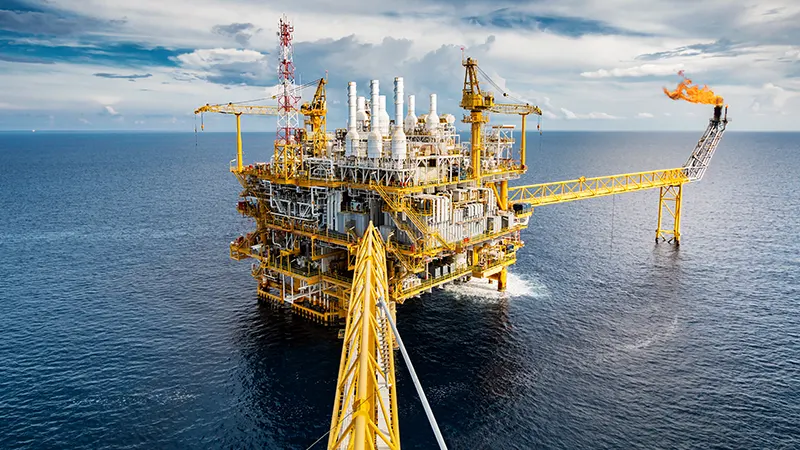
 The global iell Intervention market is experiencing strong momentum as oil and gas companies continue to optimize production, extend the lifecycle of mature wells, and improve operational reliability.
The global iell Intervention market is experiencing strong momentum as oil and gas companies continue to optimize production, extend the lifecycle of mature wells, and improve operational reliability.
According to Market Research Future (MRFR), rising energy security concerns, increasing exploration of unconventional resources, and the demand for cost-effective field development strategies are making well intervention technologies indispensable across both onshore and offshore assets. These interventions, ranging from wireline and coiled tubing operations to stimulation and remedial services, enable operators to maintain, enhance, and restore well productivity while reducing downtime and operational costs.
“As easily accessible reservoirs decline, global oilfield infrastructure is aging rapidly. Mature fields require continuous intervention activities, such as workovers, stimulation, and mechanical repairs, to maintain optimal production,” MRFR notes, highlighting that mature oilfields are a key driver for well intervention services. In addition, unconventional resources such as shale, tight reservoirs, and coal bed methane fields require frequent interventions due to complex geology and high decline rates. Growing investments in unconventional drilling, especially in North America and Asia-Pacific, are further boosting the adoption of advanced intervention tools and techniques.
Offshore production expansion is another key factor supporting the market. Deepwater and ultra-deepwater developments, coupled with harsh environmental conditions and complex operations, require periodic well interventions. Companies are increasingly focusing on production optimization and cost efficiency through digital optimization, predictive maintenance, and cost-effective well management strategies. Light Well Intervention (LWI) is gaining traction, particularly in offshore assets, as it significantly reduces operational costs compared to traditional rig-based methods. Government investments in energy security are also encouraging continuous well maintenance programs, especially among national oil companies in the Middle East and Asia.
Technological innovation is reshaping the Well Intervention Market. Digital monitoring, real-time analytics, robotics, autonomous systems, advanced coiled tubing, modern wireline and slickline solutions, subsea intervention systems, and improved well integrity technologies are enhancing efficiency, safety, and operational performance.
North America remains the largest market for well intervention services, driven by extensive shale production, high well counts, and continuous drilling and completion activities. The United States leads in coiled tubing and wireline services due to rapid development of unconventional assets such as the Permian Basin, Bakken, and Eagle Ford. Mature Gulf of Mexico fields also contribute significantly to offshore intervention demand.
The Well Intervention Market is projected to reach US$12.93 bn by 2035, growing at a CAGR of 5.32%, reinforcing its critical role in maintaining production, enhancing efficiency, and supporting cost-effective oil and gas operations worldwide.
To read the full report, visit here
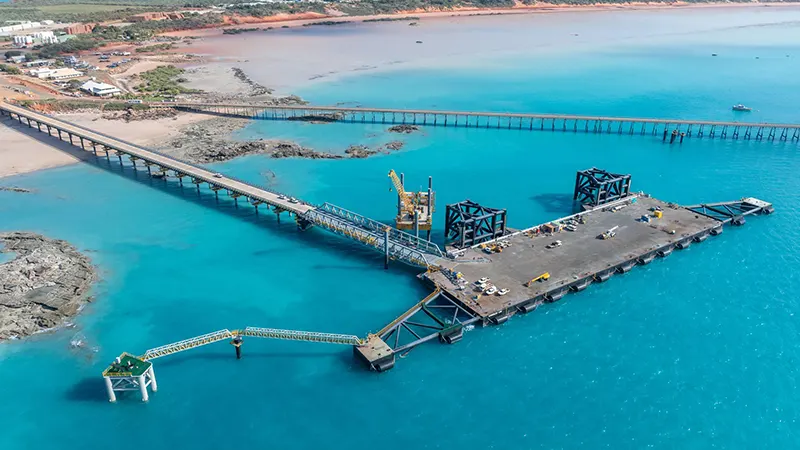
 Kimberley Marine Support Base (KMSB), a new purpose-built floating wharf in Broome, is looking to aid Western Australia’s (WA) oil and gas decommissioning efforts.
Kimberley Marine Support Base (KMSB), a new purpose-built floating wharf in Broome, is looking to aid Western Australia’s (WA) oil and gas decommissioning efforts.
The facility enables 24/7 operations independent of tides, a significant advantage in northern Australia, where tidal windows can create unpredictable delays and added costs.
KMSB marks another significant private investment in the state’s critical port infrastructure steered by Founder and Managing Director Andrew Natta — building on the successful model he established at the existing Onslow Marine Support Base (OMSB) in the Pilbara region of WA.
OMSB is an industry partner of the Centre of Decommissioning Australia (CODA), which highlighted the new project in its recent newsletter.
The new facility boasts a 300-metre berth and heavy-lift capability, and is designed to accommodate breakbulk and project cargo up to 600 tonnes, as well as roll-on roll-off (RoRo) equipment for the resource and defence sectors, and containerised freight, critical minerals, renewable energy infrastructure and decommissioning equipment.
The KMSB facility is designed to operate as a complementary terminal to the Port of Broome, which has served as the region’s main maritime logistics hub for more than 80 years.
Australia’s northwest has long grappled with infrastructure bottlenecks, such as vessels waiting on tides, delayed project cargo, and escalating costs from demurrage and congestion —operational constraints that all carry economic implications.
Broome, in particular, has been a critical hub supporting offshore oil and gas, community resupply, defence readiness and emerging renewable energy projects.
Yet, despite this strategic importance, limitations in port infrastructure have repeatedly challenged shipping schedules and project timelines.
“Our floating wharf at KMSB is designed for ‘non-tide dependant’ operations – removing the bottlenecks that have long-plagued supply chains within the region,” said Natta.
He said KMSB will boost productivity, safety and reduce costs for established Kimberley businesses in the agricultural and resources sectors, while also allowing cruise ships to come alongside for passengers to visit Broome without the need to wait for appropriate tides.
Crucially, the facility will also enable the growth of new sectors – such as proposed critical minerals and renewable energy developments – by providing the necessary infrastructure for handling specialised cargo like wind turbines, solar systems and commercial battery imports.
“Our 24/7 operational capability, combined with our flexible, client-focused approach, means businesses can now plan with confidence, operate cost effectively and significantly improve their supply chain efficiency.”
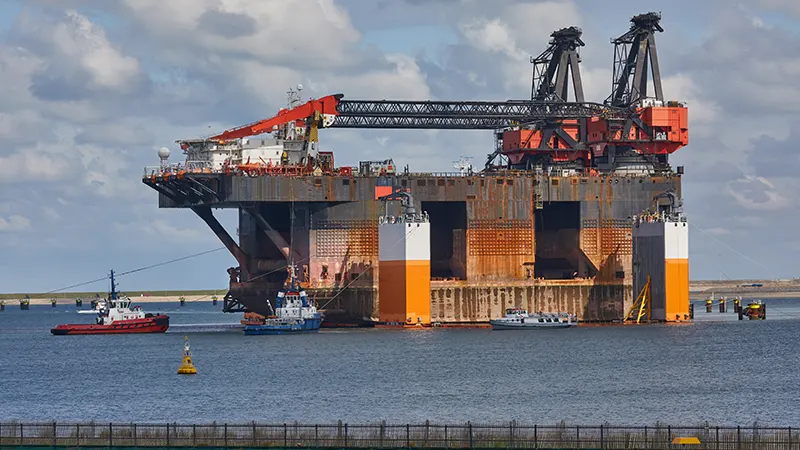

The offshore decommissioning market is entering a phase of significant change, particularly across the Asia–Pacific region, where ageing infrastructure, evolving regulations, and rising environmental expectations are reshaping industry priorities.
Governments throughout APAC are tightening their regulatory frameworks, introducing more comprehensive guidelines to ensure that the dismantling of offshore assets is carried out responsibly and with minimal environmental impact. These regulatory pressures are pushing operators to embrace innovative, sustainable technologies as they update their decommissioning strategies.
A major influence on this shift is the accelerating move towards renewable energy. As countries in the region prioritise cleaner energy sources, many oil and gas platforms are being retired to make room for offshore wind developments and other low-carbon alternatives. This transition is generating sustained demand for specialist decommissioning services, creating opportunities for companies able to support safe and efficient asset removal.
Collaboration is also becoming a defining feature of the offshore decommissioning market. Operators, contractors, and regulators are increasingly pooling expertise to streamline projects, share resources, and establish consistent industry standards. This cooperative approach supports smoother project delivery while encouraging the development of best-practice frameworks across the sector. Governments are also placing greater emphasis on local content, encouraging the involvement of domestic firms and promoting workforce development around decommissioning activities.
Several key drivers are shaping the market’s expansion. Ageing offshore infrastructure remains one of the most pressing, with more than 200 platforms in APAC expected to require full decommissioning by 2030. Analysts anticipate an annual market growth rate of around 10% as companies tackle end-of-life assets and associated safety and environmental risks.
At the same time, investment in renewable energy across APAC is forecast to exceed US$50bn by 2027, accelerating the removal of outdated platforms to support offshore wind and related developments. Evolving regulatory structures, particularly in markets such as Australia and Japan, are expected to increase compliance costs by as much as 15% over the next five years, compelling firms to enhance their decommissioning frameworks.
Technological advances especially in robotics, automated systems, and remotely operated vehicles—are helping to reduce project costs by as much as 20% while improving safety and precision. These innovations are strengthening the competitiveness of companies adopting them.
Market segmentation highlights several trends: Well Plugging and Abandonment remains the dominant service type due to strict environmental requirements, while Pipeline and Power Cable Decommissioning is emerging rapidly in response to renewable energy expansion. Shallow-water decommissioning still holds the largest market share, though deepwater activity is growing quickly as operators venture into more challenging environments. In terms of structure, Topside remains the largest segment, with Substructure decommissioning expanding at the fastest pace due to improved removal techniques.
Page 4 of 113